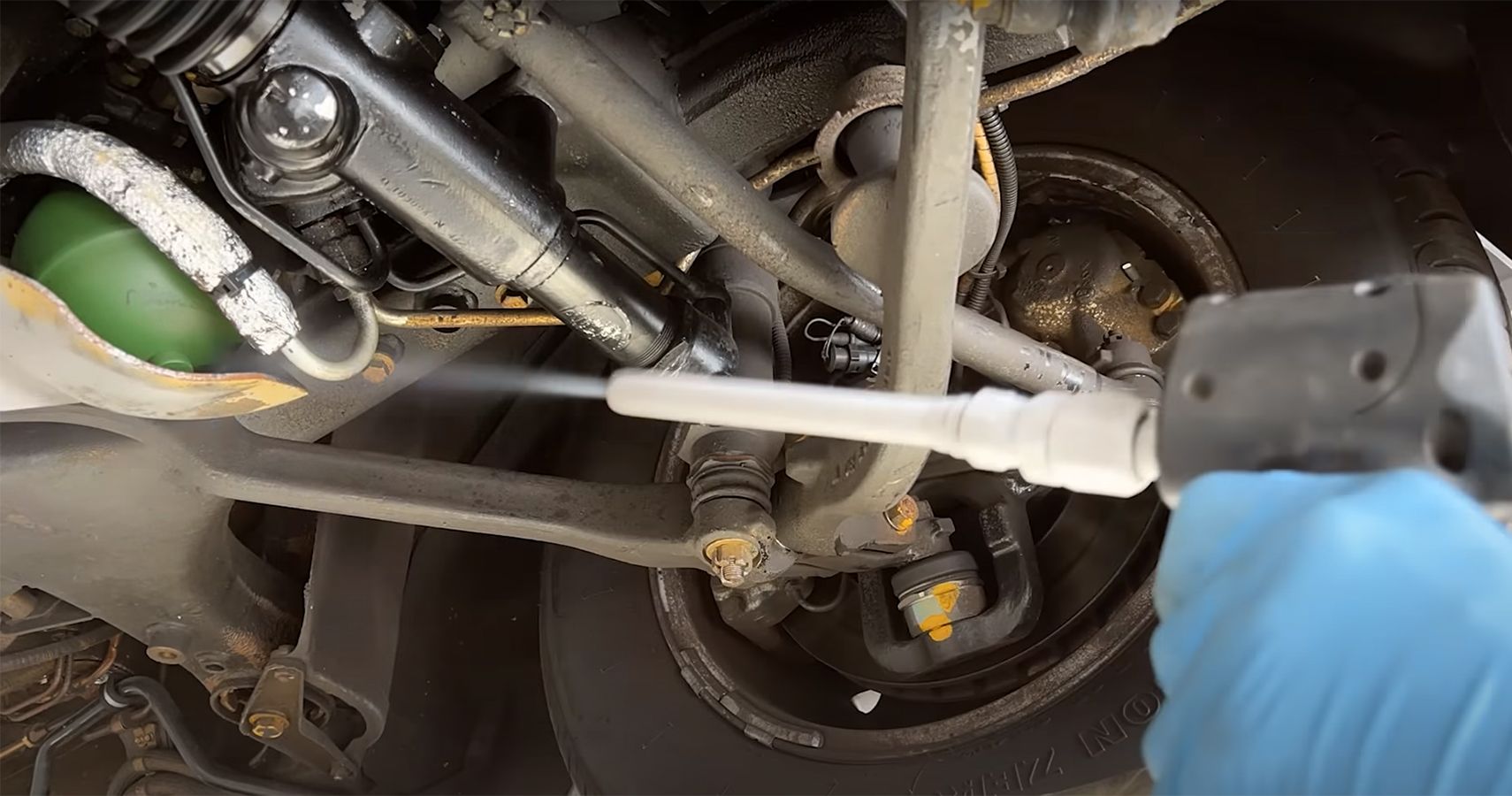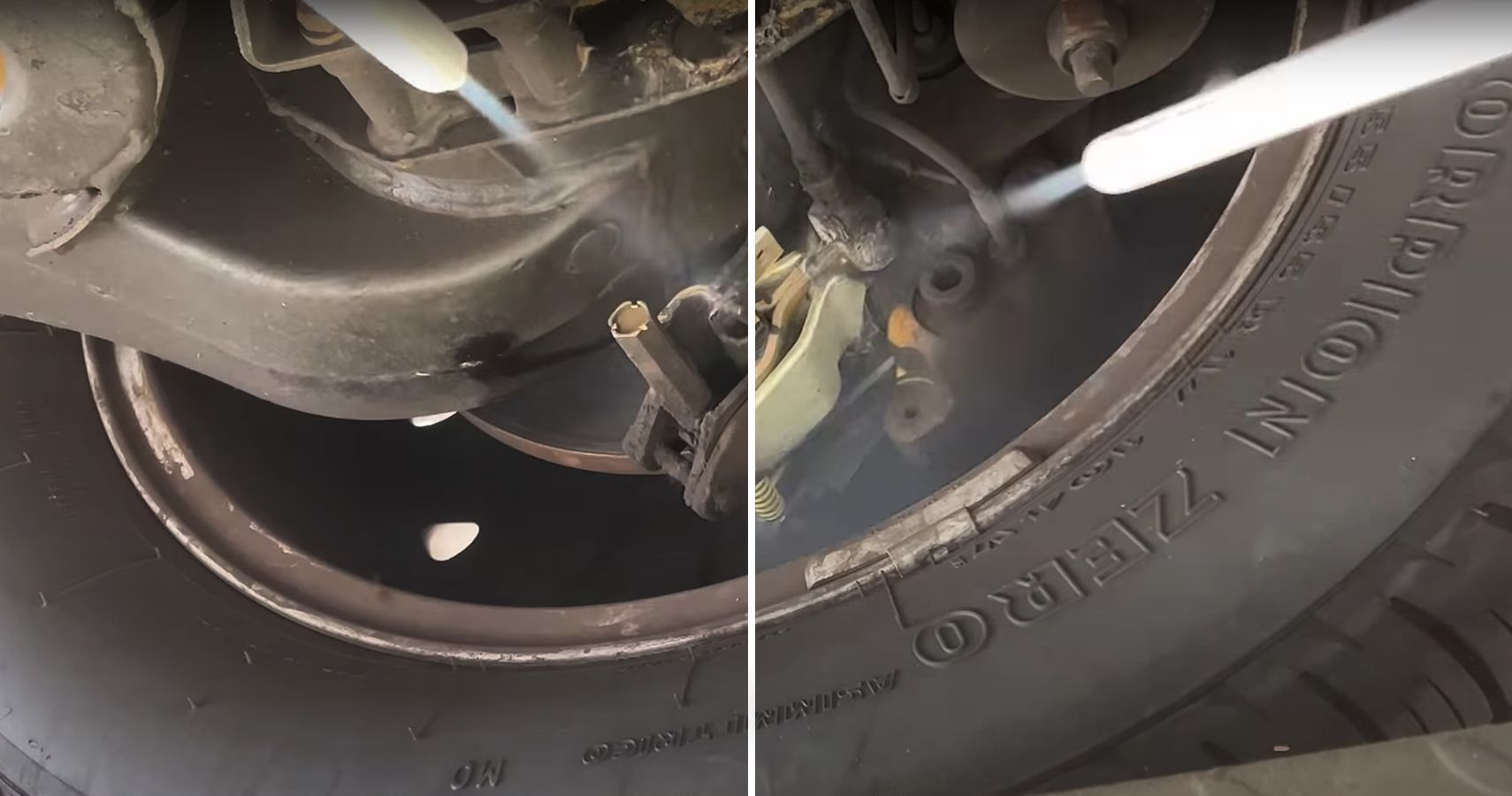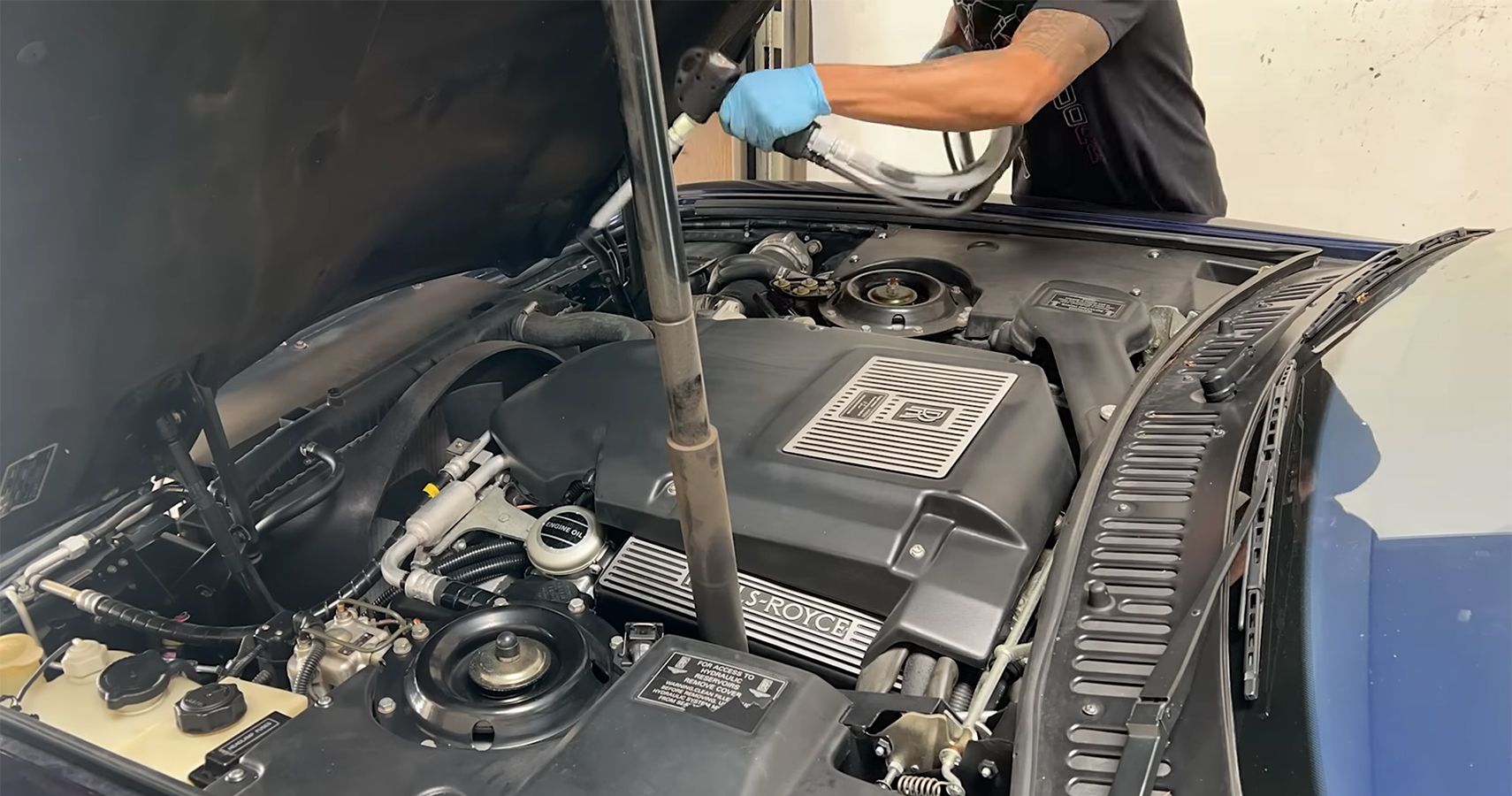Vehicle maintenance doesn’t just mean repairing damaged parts and components. It also means keeping the car sparkling clean and suitable for upcoming drives and the next. But when the car needs a more thorough cleaning, its owner may consider auto detailing.
Car detailing differs from a simple car wash. The work involves a more intensive cleanup of the vehicle, as almost all sections receive a more detailed attention. Detailing a car has several benefits. Aside from making the car look good and appealing, it also makes the ride suitable for the driver and the passenger.
Since detailing removes a good amount of dirt, it allows for the preservation of the car. Classic car owners usually have their rides detailed since it help prevents further degradation of already degraded sections.
Due to the intense nature of this work, some shops have found ways to get the job done in the most effective manner. One of these is dry ice detailing. Some vehicle owners, however, are having second thoughts about dry ice detailing, especially when their car is a Rolls-Royce or a valuable classic. Knowing the pros and cons of dry ice detailing may help them decide on this matter.
Dry Ice Detailing Is Not Cleaning With Frozen Water
Just to avoid any confusion, dry ice isn’t frozen water (water in solid form). Dry ice is the solid form of carbon dioxide (CO2), which is the same colorless, tasteless and odorless gas that people and animals release through respiration. Once exposed to extreme cold (-109 °F), carbon dioxide turns from a gas into a solid.
Dry ice detailing involves blasting dry ice—using a pressurized air stream through a high-velocity blasting nozzle -- at a surface. However, it is not the blasting that actually removes all the dirt, grime, and other contaminants. What actually cleans the blasted surfaces is the process called sublimation, or when carbon dioxide instantly vaporizes from solid into gas.
When exposed to temperatures warmer than its freezing point, dry ice sublimates or suddenly transforms into gas. As the frozen carbon dioxide turns into gas, it expands to the point that it creates “explosions.” This, in turn, is what removes the residue on surfaces, but without affecting or damaging the surface itself.
The residue removal process is rather very quick, as dirt and other contaminants get blown away during blasting. The blasted dry ice is now part of the surrounding air, while the unwanted debris is now lying on the floor, waiting for a cleanup.
Dry Ice Detailing Cleans Without Harming The Car
Dry ice detailing is becoming one of the preferred ways to clean a car, simply because it presents a number of advantages. First, dry ice detailing is non-abrasive. Dry ice works on a molecular level, which means it wouldn’t damage the blasted surface, including painted areas. It is also non-corrosive and non-hazardous, since it doesn’t use any cleaning chemicals found in car shampoos and soaps.
Moreover, dry ice detailing can remove most contaminants, even stains and oil. This makes dry ice the ultimate cleaning agent. Since dry ice instantly vaporizes as it hits the target surface, there is no need to clean up any ice residue. Moreover, the sublimation of dry ice doesn’t leave any water or liquid behind – unlike typical car washes -- the process is employable on most surfaces. Dry ice cleaning is also ideal for cleaning sensitive equipment with electrical applications.
Dry ice detailing can even clean surfaces that are usually hidden or difficult to reach, thanks to the fact that it employs pressurized air for blasting. This makes cleaning nooks and crannies easy to clean even without using brushes.
In addition, dry ice cleaning is friendly to the environment. It doesn’t release harmful gases, but only carbon dioxide that is already present in surrounding air. As such, there is no harm done to the person doing the dry ice blasting, as long as they take some safety precautions.
Dry Ice Detailing Is Expensive And Sometimes Not Safe
Despite the so many benefits and advantages of dry ice blasting, there are also disadvantages in employing this in detailing a car. For instance, dry ice detailing is usually a messy process, simply because the dirt and contaminants removed while blasting land on the immediate area. However, most car cleaning processes are messy.
Moreover, some of the disadvantages are even the reasons why many detailing shops don’t offer dry ice detailing. For instance, while dry ice detailing is very effective, it is also very expensive. The operating and consumable costs are quite high. There is the need to purchase dry ice pellets and compressed air again and again. Moreover, dry ice isn’t cheap.
Dry ice can cause frostbites, which means the person doing the blasting needs to always wear personal protective equipment. The operator may need to wear safety glasses and face shields, especially when the blasting work involves the belly of the car. In addition, the blasting process is intensively noisy, so the operation may need hearing protection.
Lastly, dry ice detailing isn’t suitable in close spaces. Continuous blasting could result in a massive buildup of carbon dioxide, and the operator may lose consciousness. Worst, carbon dioxide buildup may cause asphyxia and death.
Source: Thomson Construction Group



